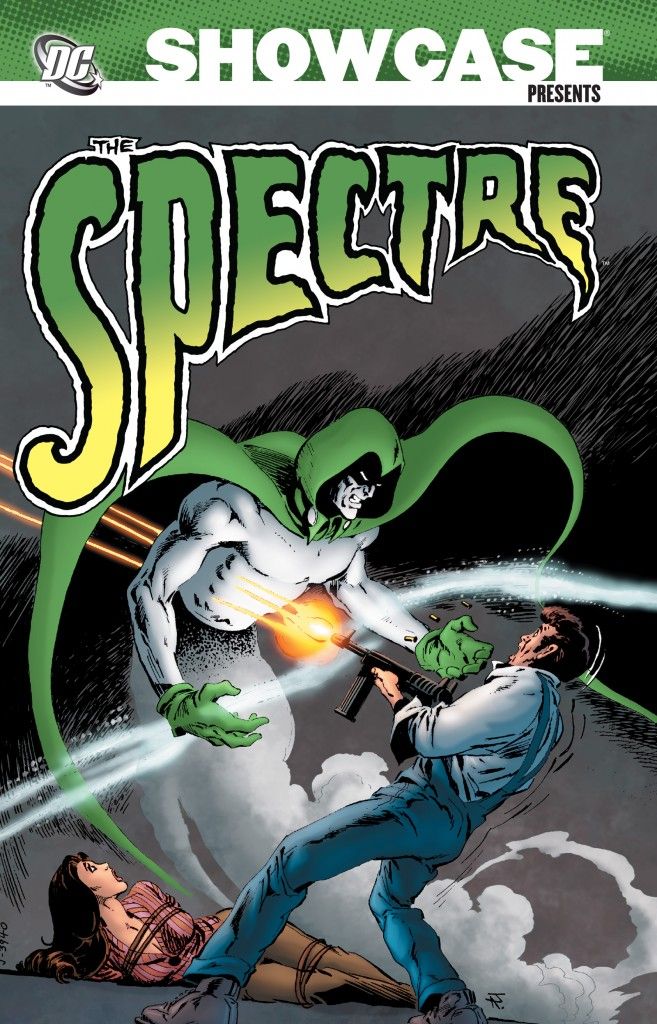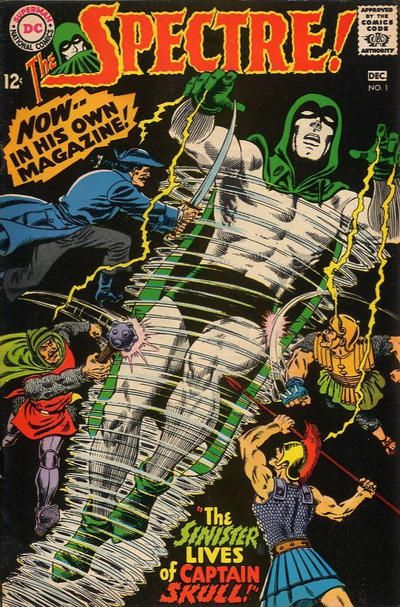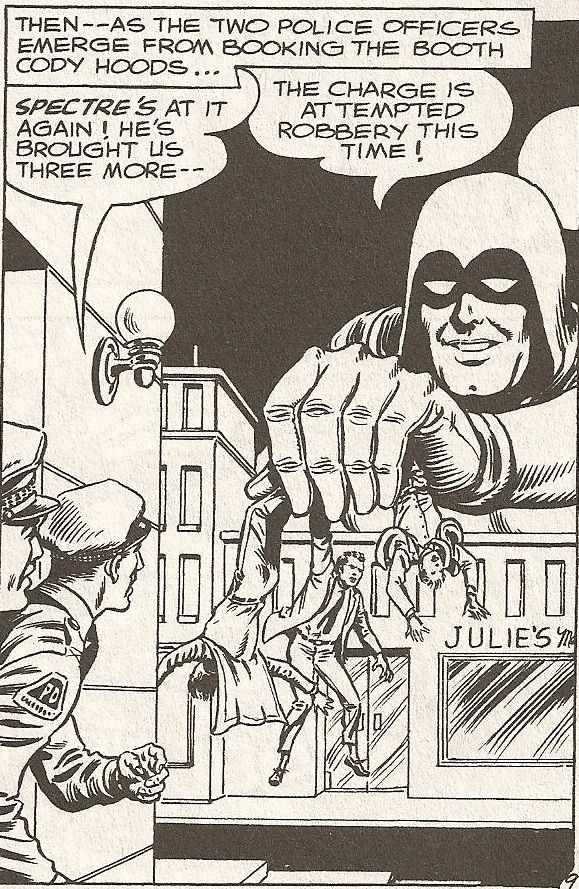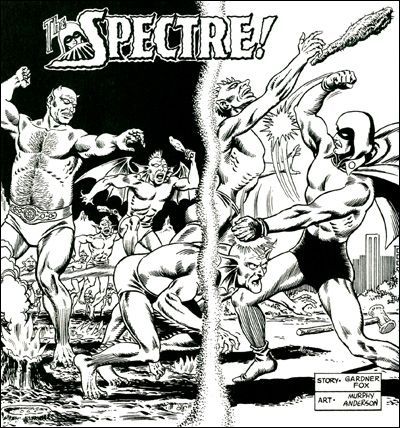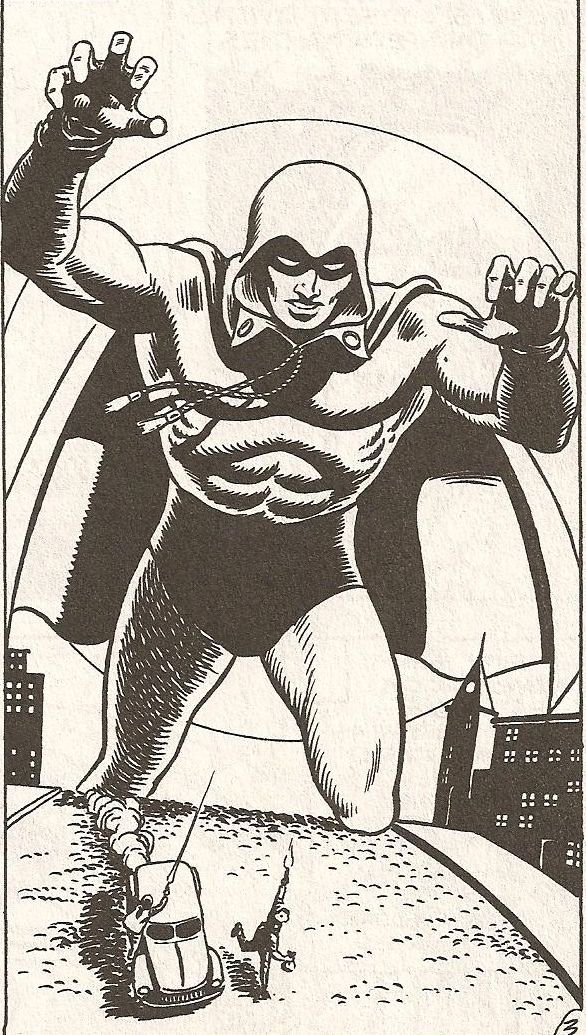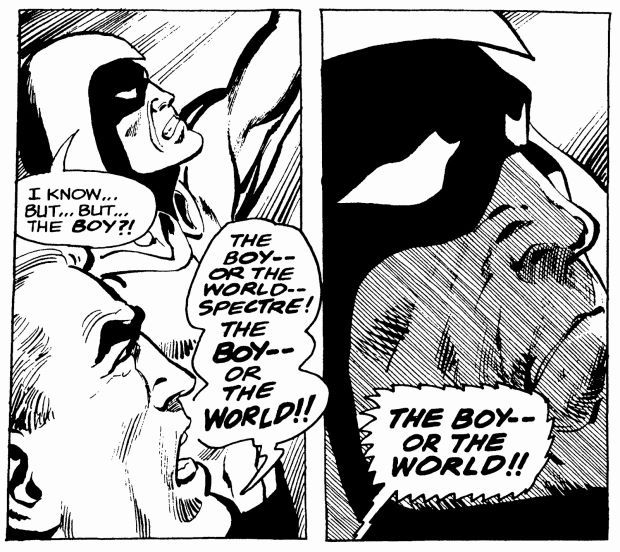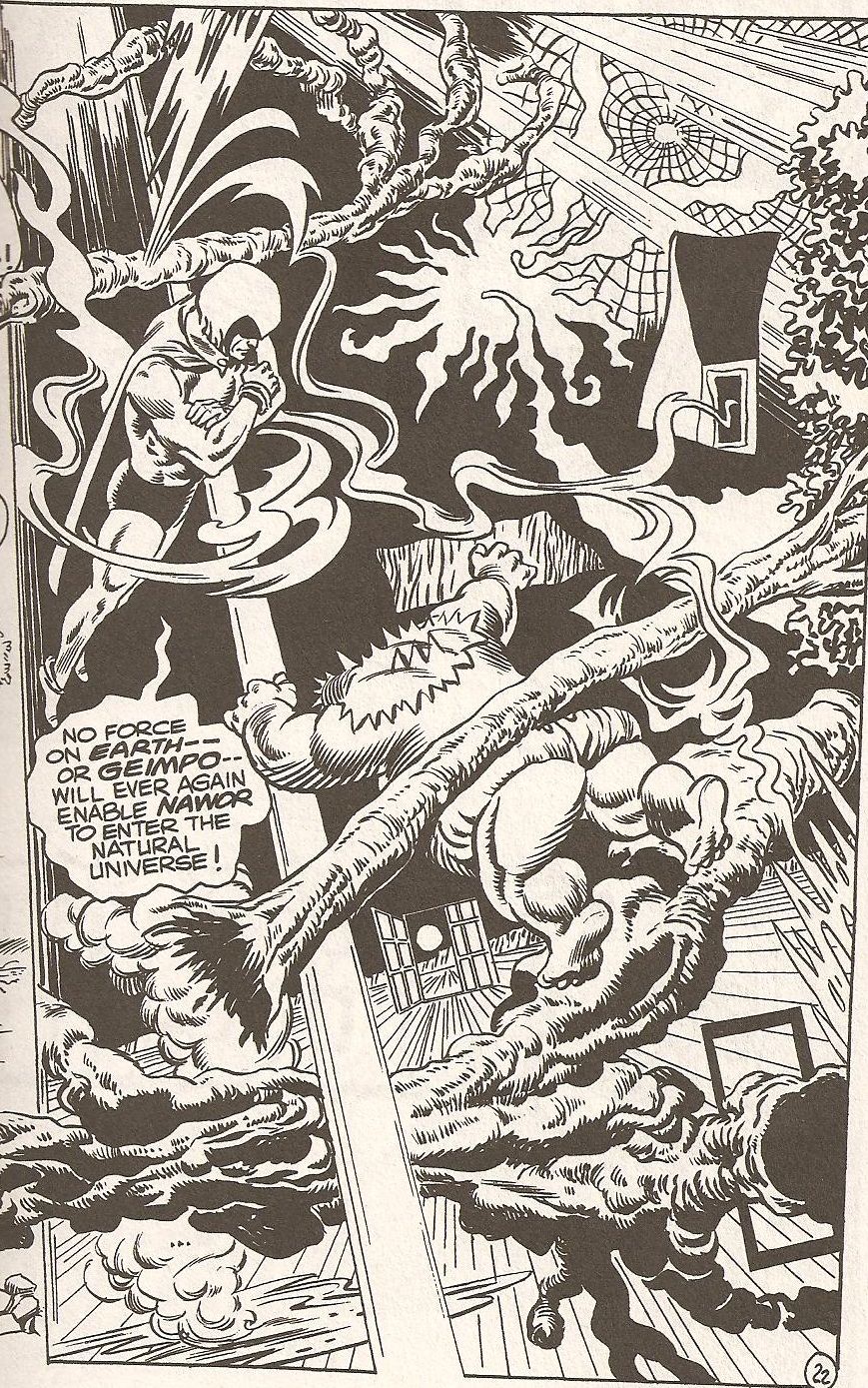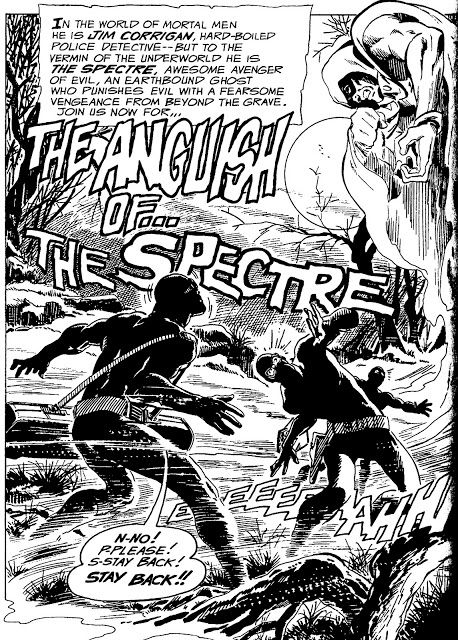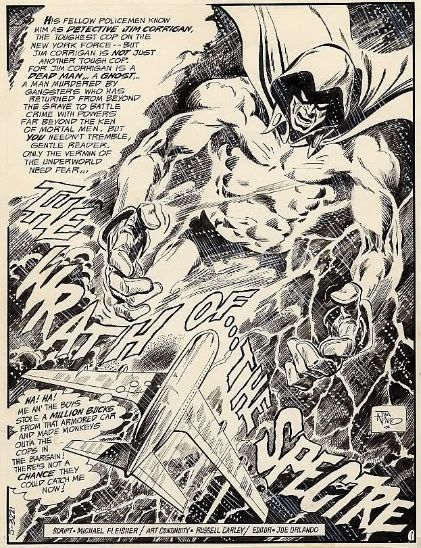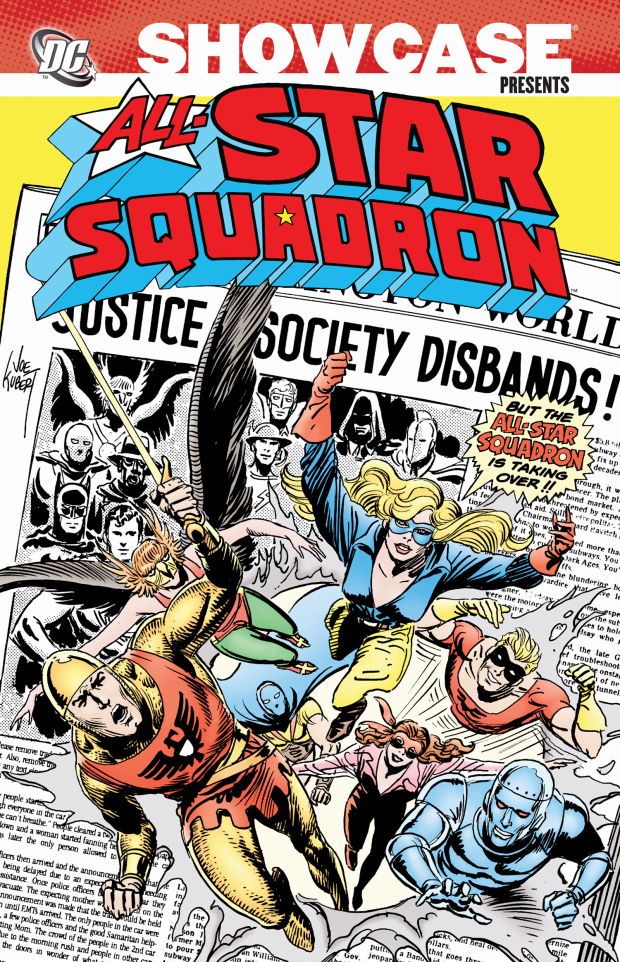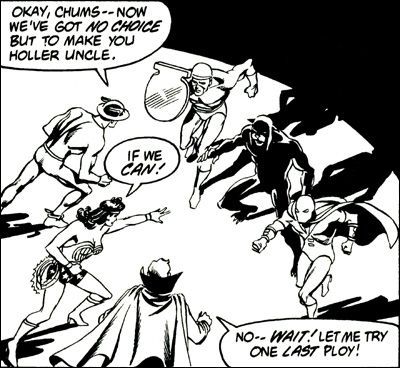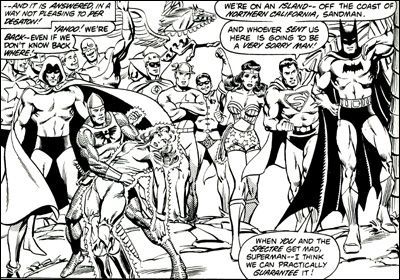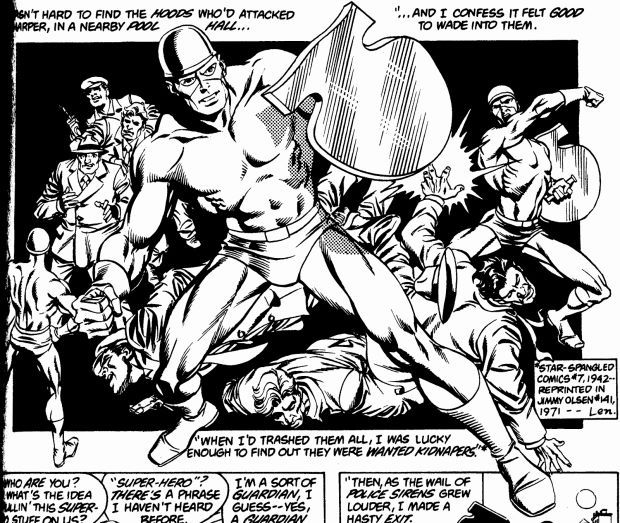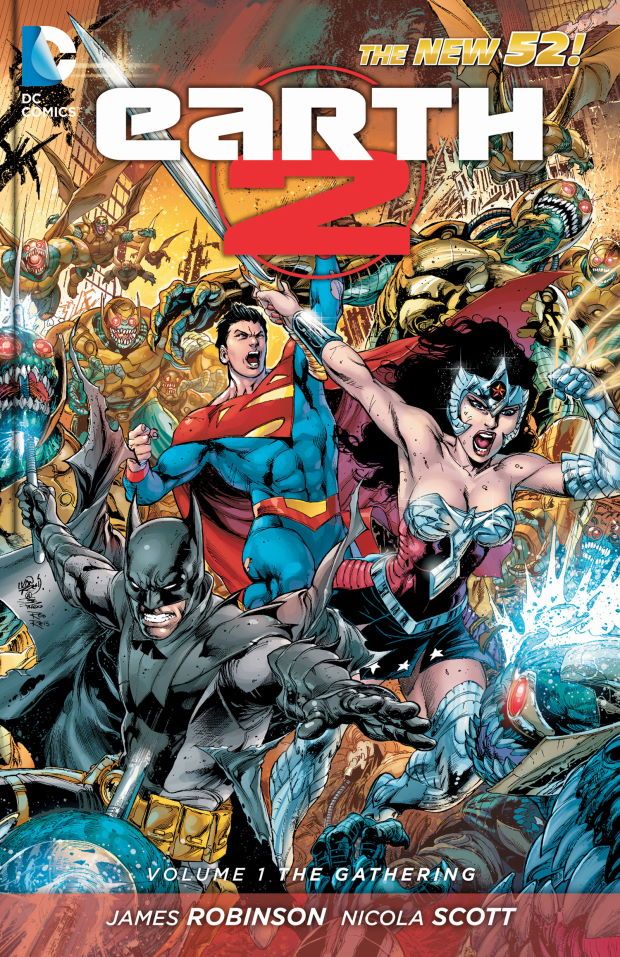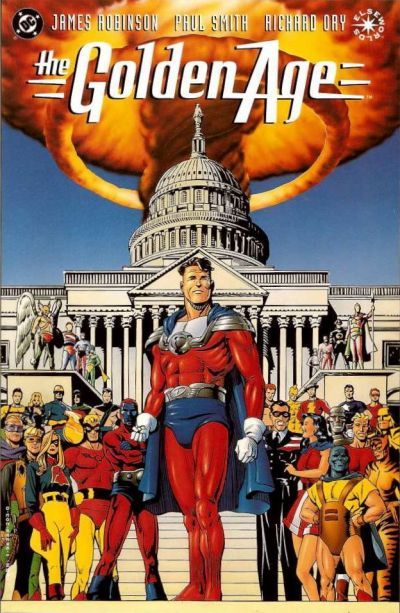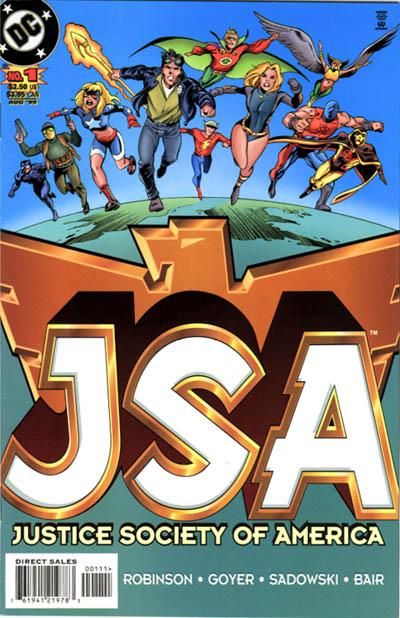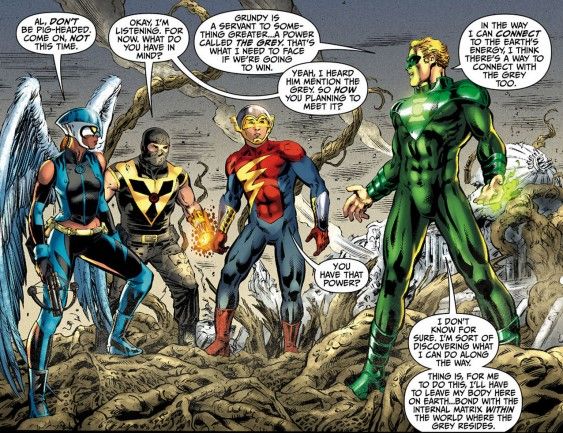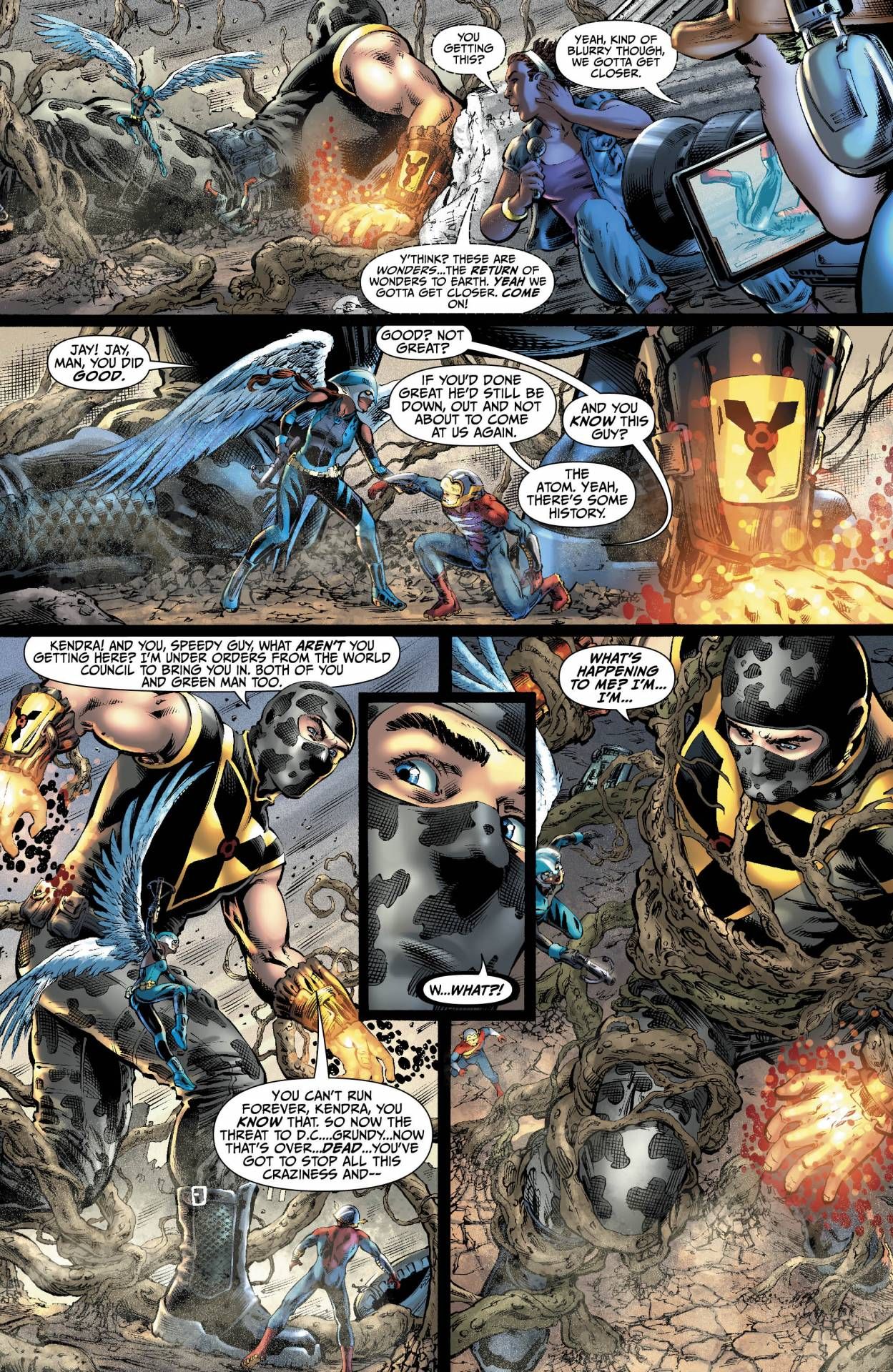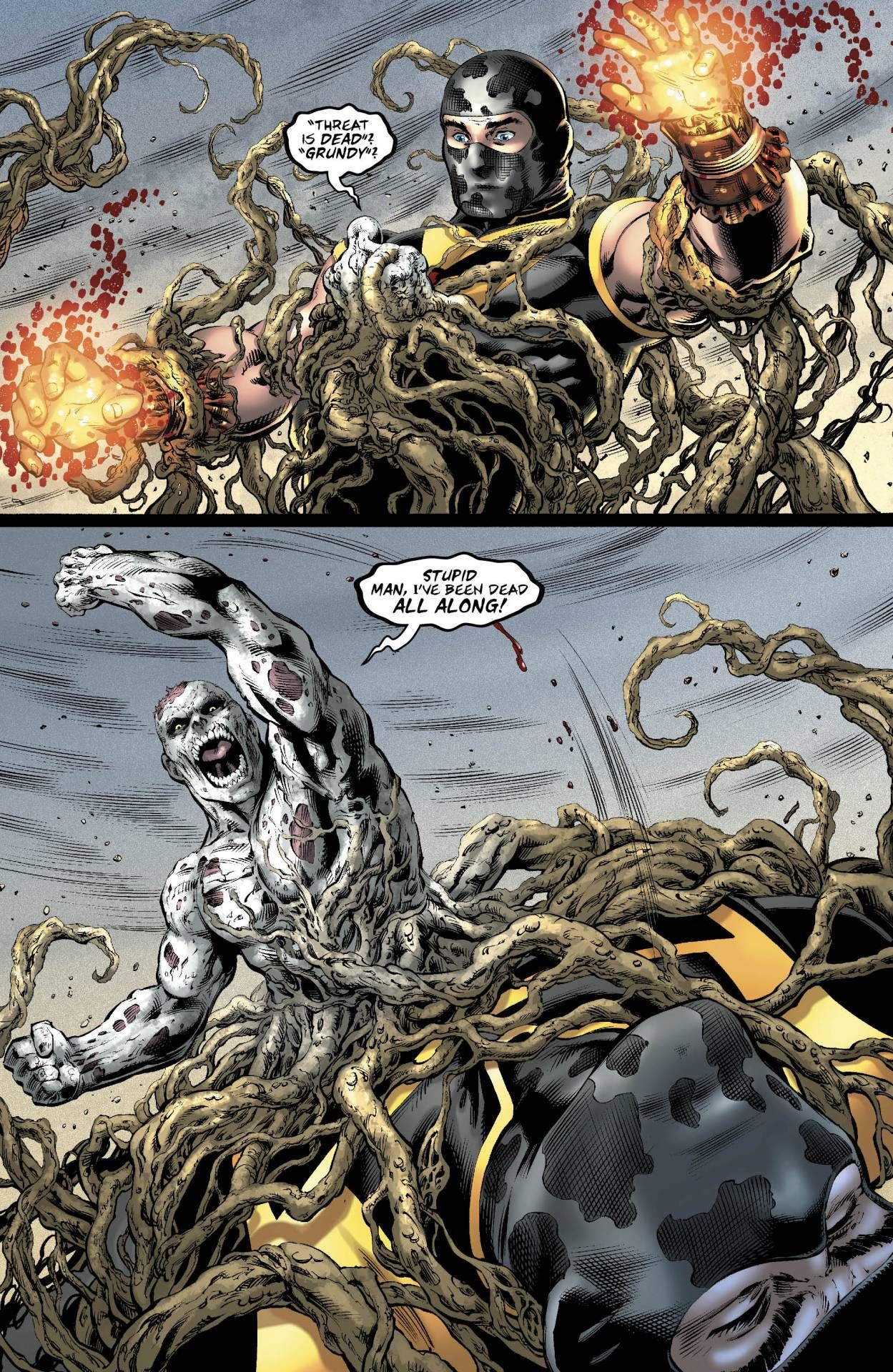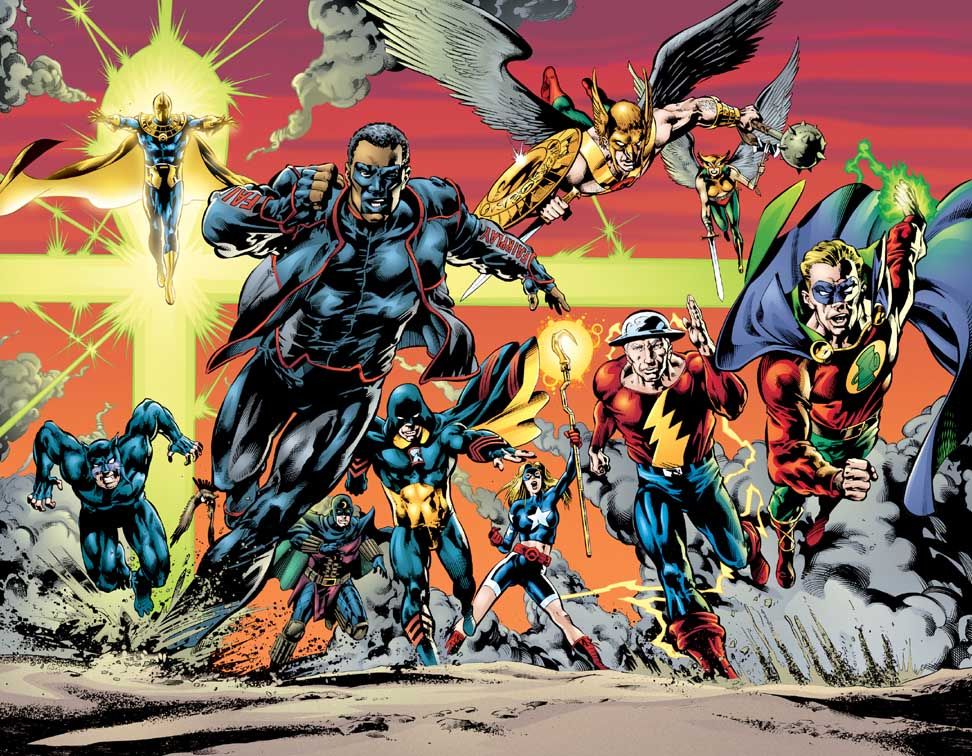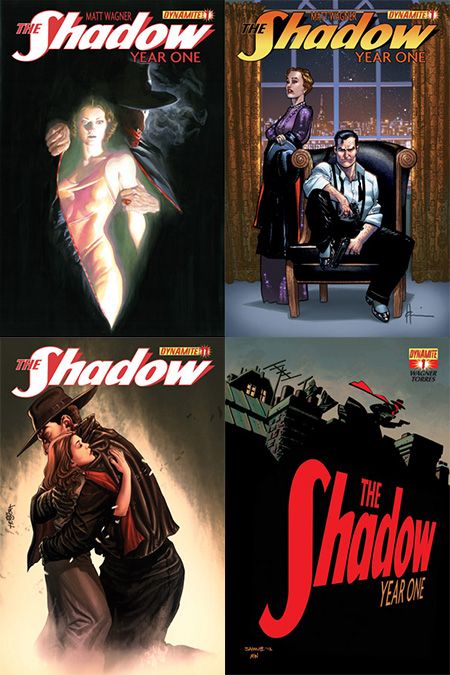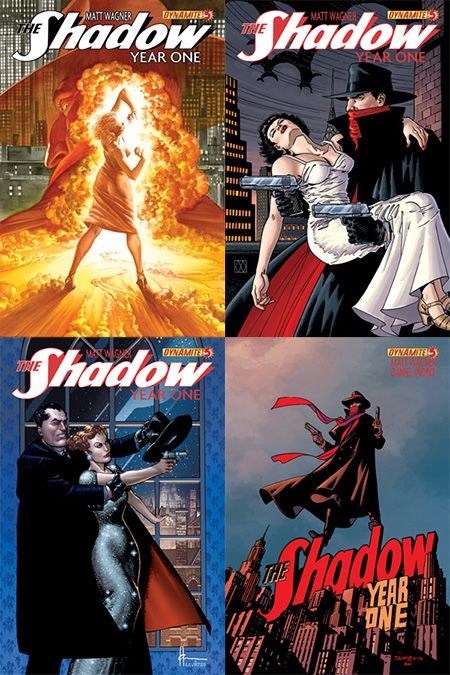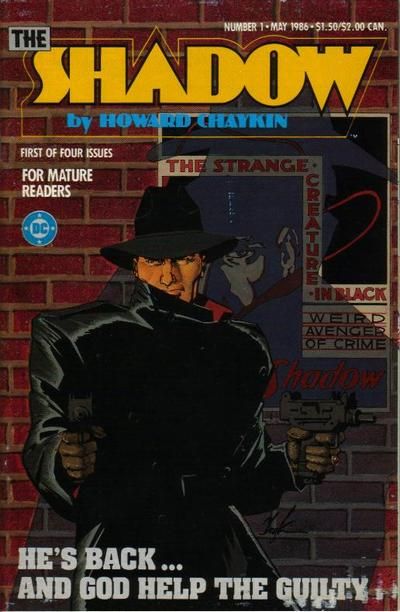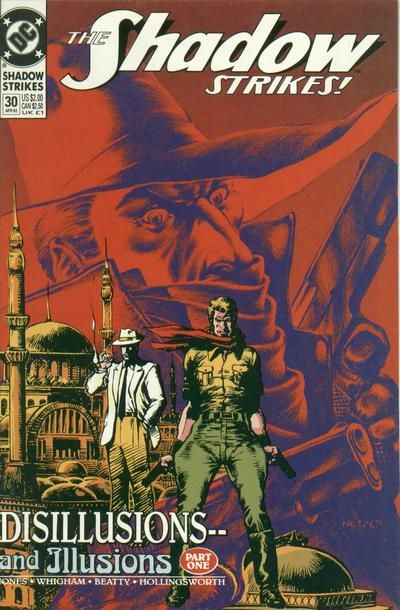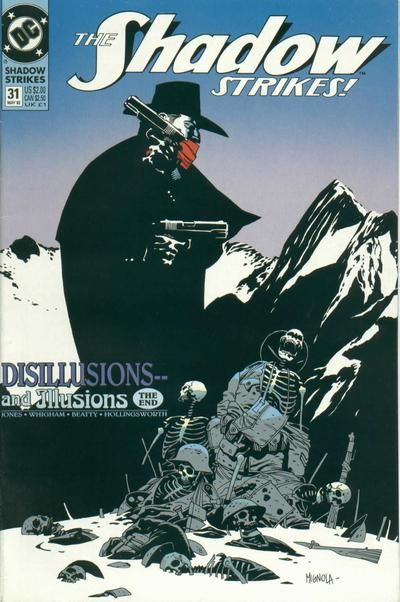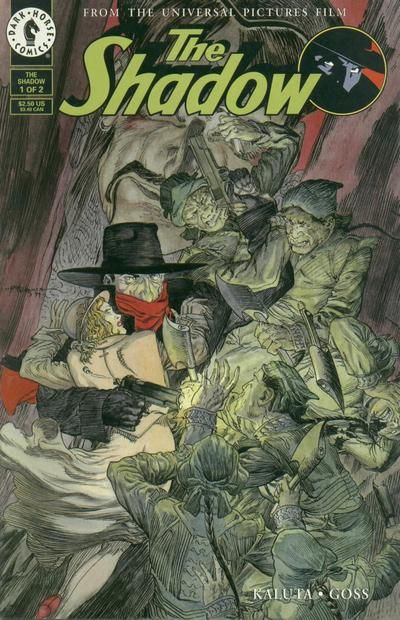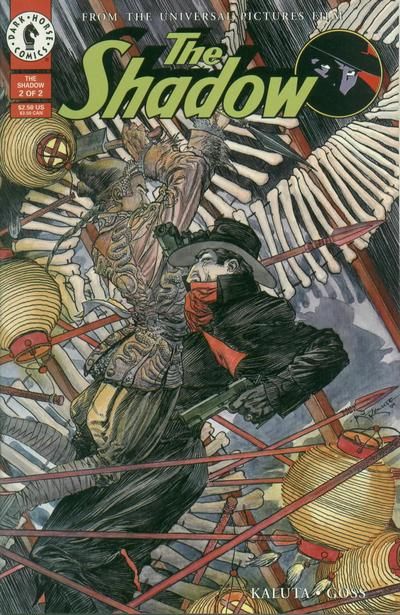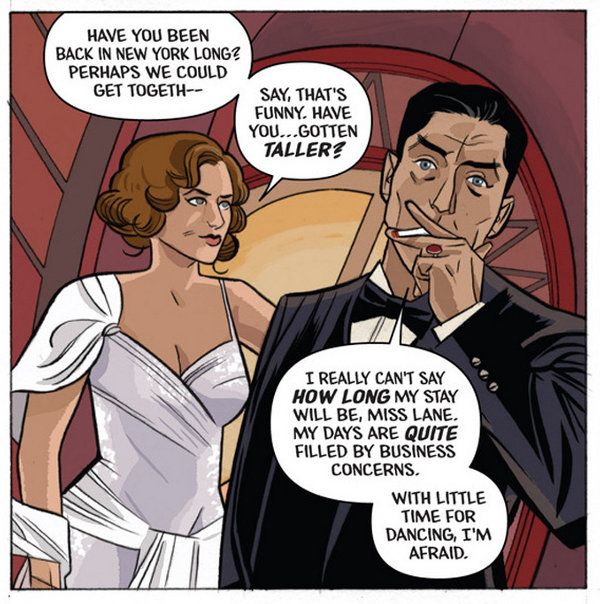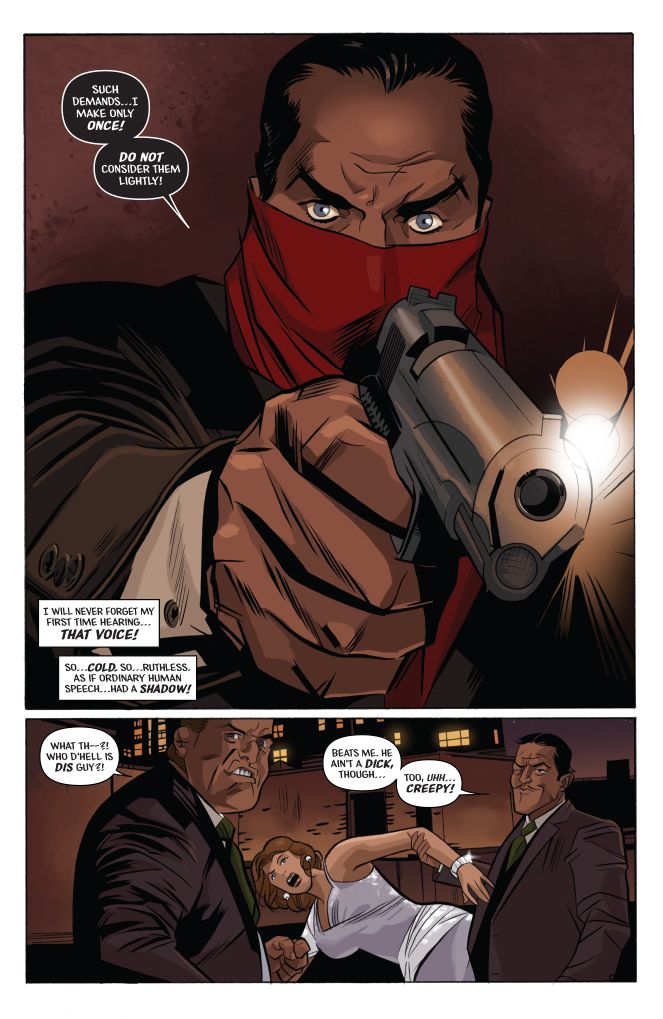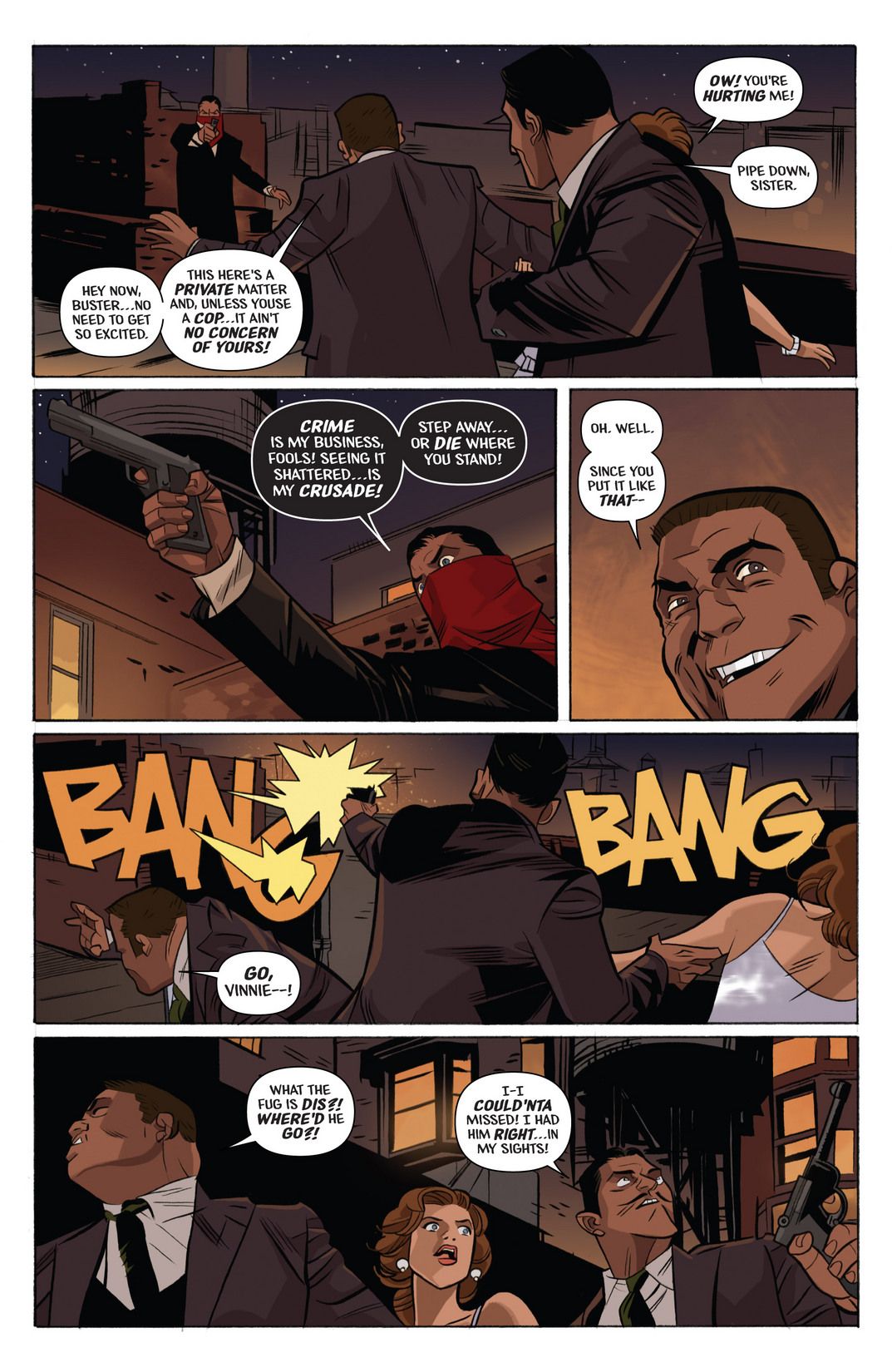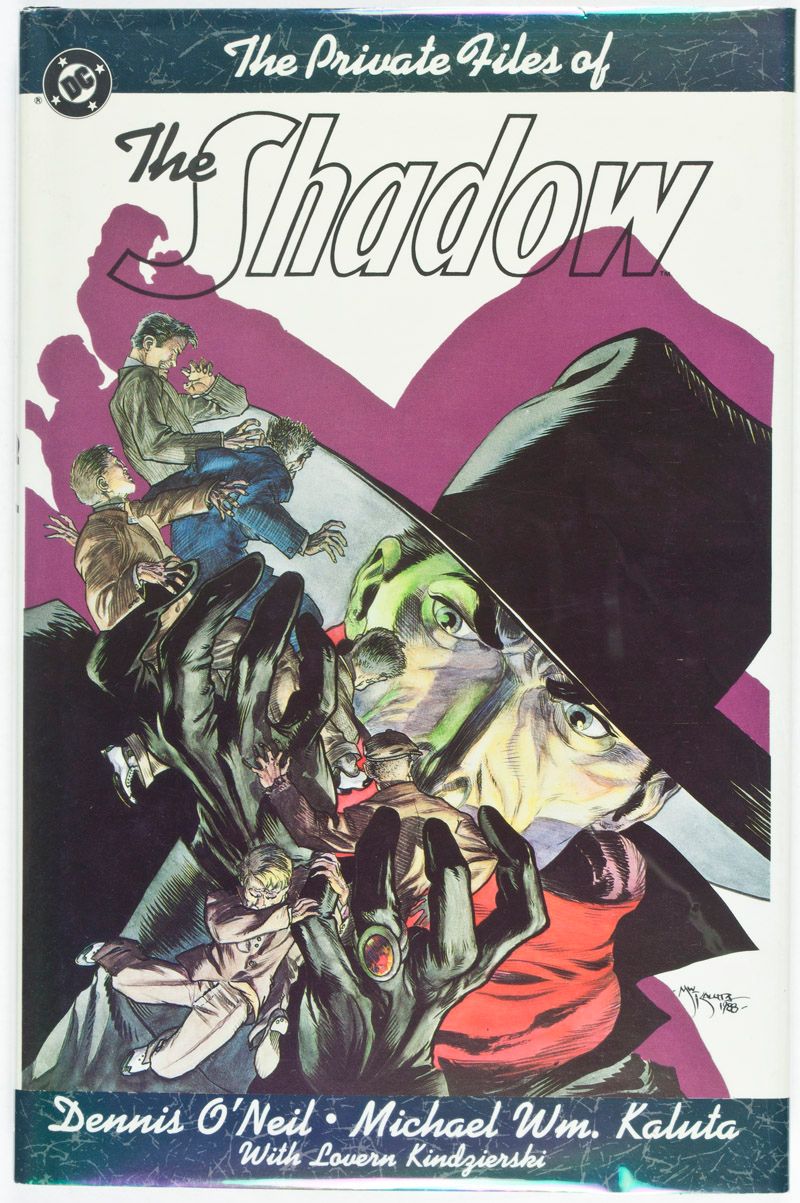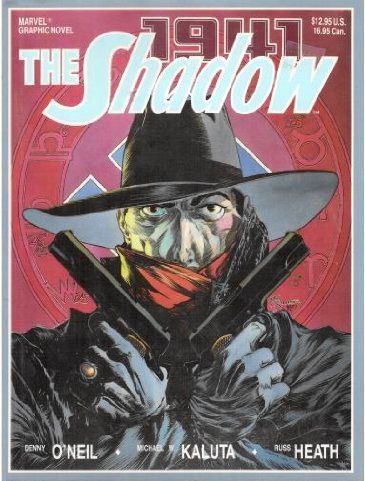Despite what some people think, I really don't read EVERYTHING.
At least, not when it comes out. But the beauty of the current comics landscape is that publishers have embraced the concept of the backlist... of putting older stories back in print, as well as keeping trade paperback collections on the shelves. So even if I don't grab something right when it comes out, chances are that between my local retailer or an online dealer like Amazon, somewhere it's there for me.
This is especially true lately, because I'm finding that even if there aren't a lot of new DC comics that are doing much for me, I'm having great fun catching up with stuff I snooted the first time around.
Case in point: Showcase Presents The Spectre.
I've always liked the Spectre, but the one I think of as 'mine' is the Fleisher-Aparo version. I never was interested in the Silver Age "Discarnate Detective" that briefly had his own book in the late 1960s. My idea of the Spectre is that he should be scary, not just some sort of ghost supercop.
However, what I am finding when reading those old stories in the new Showcase Presents volume is that they're just gorgeous to look at. The stories are a little too Julius Schwartz science-fictiony to be a good fit for the Spectre, but getting to see the Murphy Anderson art in all its detail more than makes up for it. It's gorgeous, and a real treat to see in black and white where you can really appreciate the careful effort he put into every line.
And the Neal Adams stuff looks terrific in black and white, too.
Hell, even the Jerry Grandinetti pages were a pleasant surprise.
And of course, my beloved Jim Aparo version of the Spectre is there as well. I own this run of stories already, but I still really like having them here in black and white also.
The stories range from mildly entertaining to really cool, but the art is strong all the way through. Over a decade's worth of Spectre stories in one volume, one-stop shopping. It's a fun read and I'm glad I gave in to the impulse to check it out.
Another series I never bothered with the first time around was All-Star Squadron, but I was very pleased to see it get a Showcase Presents volume as well.
Oddly, this one hasn't really aged as well as the Silver Age Spectre. But I still enjoyed it... mostly because writer Roy Thomas was so obviously enjoying it.
He's utterly, joyously nerding out here, and it shows. Getting to create his very own Golden Age JSA adventures was clearly some sort of bucket-list item for him and that enthusiasm is contagious. What's more, in addition to Roy Thomas having the time of his life, you get Adrian Gonzales and Jerry Ordway, and Ordway's inks are, again, a really great thing to see in black-and-white.
I talk a lot about the Bronze Age comics of the 1970s, but my personal Golden Age, really, is the DC of the 1980s. That was when all my favorite creators from the 1970s Marvel books were suddenly working on my childhood favorite DC characters from the sixties. Perfect storm. (Admittedly, I was sorry to see Denny O'Neil leave Batman, though I'd have cheered up quite a bit if I'd known he'd be back in much better form before the end of the decade.)
I was a fan of the Thomas/Ordway Infinity Inc. back in the day, but somehow never got involved with the 'parent' book, All-Star Squadron. So it was great fun to get caught up with it here in this convenient volume; the comics were mostly just okay (though, again, very cool just to LOOK at) but just reading it got me feeling all pleasantly nostalgic for the 1980s DC books.
Speaking of the Justice Society, sometimes creators take a second swing at things, too. Just for the hell of it, I picked up the Earth 2 collection from James Robinson and Nicola Scott.
Although, really, if you count The Golden Age, this is the third time James Robinson's re-envisioned the Justice Society.
So how's the New 52 version? Well... Earth 2 wasn't bad. But it wasn't as much fun as his first two swings at the JSA, either.
The idea is that on this parallel Earth, Superman, Batman, and Wonder Woman all died fighting the "Apokolips War" a few years before, in a variation of what I guess the New 52's Justice League origin story was. And now, because destiny is calling and the world needs heroes, a new group of 'wonders' is springing up to fight Big Scary Evil.
Specifically, in the first collection, we're introduced to a re-imagined Green Lantern, Flash, Hawkgirl, and Atom, fighting a re-imagined Solomon Grundy.
I wish I could tell you more, but really, that's it. That's the whole book. Introductions, fight. The end. Any character stuff is done mostly on the fly.
Now, like I said, it's not bad. But... it's not much.
The flaw is partly in the premise-- I understand the reasoning behind wanting to do a version of the JSA that's a fresh start, but, see, we have that. It's the Justice LEAGUE. The chief attraction of the Justice Society in a modern context is the sense of legacy and history that goes with the team, the tradition that reaches back to World War II. The fun of the book in its previous incarnations largely came from the clash of the old with the new, the grizzled veterans learning to work side-by-side with the fresh-faced kids. That was an interesting mix and led to all kinds of different story possibilities.
If you're going to scrap that idea, what you're left with is...
...Well, you're left with Earth 2, actually, which is a generic, reasonably well-executed superhero team comic that's not doing anything a dozen other super-team comics aren't doing. Like a lot of the New 52 books, I think that DC was so eager for something NEW!! for the Justice Society that they forgot what was good about the old version this replaced. The 'parallel earth' idea is mostly tossed away, just variation for the sake of variation. Superman and Batman and Wonder Woman are gone-- disposed of almost arbitrarily in the first issue, and Huntress and Power Girl are gone too (apparently off to the new World's Finest, which actually sounds kind of cool, but I haven't read it.)
In the meantime, the JSA characters that are left are certainly new, but not terribly memorable or unique. It's not really the JSA as much as it is an Imaginary Story/Elseworlds version of the Justice League that's not very interesting. Pretty much every idea in Earth 2 has been done before and done better in other DC team superhero books-- James Robinson even wrote a few of them himself.
Final verdict? This was an okay book but it's not something that'll keep me coming back, especially with a story this decompressed. Six issues just to whip Solomon Grundy? Pffft. I don't care if he's the new Grey Elemental or what, spending six issues on a gather-the-team-to-fight-a-menace story where the menace is Solomon Grundy... that is just way too padded. Especially when the arc ends with us knowing hardly anything about the members of the group. Green Lantern is gay, the Flash is a screwup kid, the Atom's a military jerk... those are panel-caption descriptions. Robinson could have given us more than that. In virtually every case here, the established character from the old JSA is more interesting than the new version. It really hurts with the more fatherly characters from the previous iterations of the Justice Society-- in particular, the older, married Jay Garrick was ten times more interesting than this new twentysomething version, and that character was an interesting perspective to have in a superhero team book, it was someone for the younger folks to play off of.
DC keeps making this mistake... Connor Hawke and Kyle Rayner were only interesting to read about when they ran into older superheroes in the DCU and felt like they had something to prove, and Mark Waid's stories about Wally West wisely kept the idea of legacy front and center. DC, your legacy and history is a feature, not a bug. When everyone's the same age in your superhero universe, it's dull.
I have talked mostly about the writing, because I'm a story guy, but the visual component of Earth 2 didn't do a lot for me either. Nicola Scott's art is... well, it's okay. I'm not fond of the over-rendering that appears to be DC's New 52 house style. It's not my thing; to me it sucks all the kinetic energy out of a page, the fight scenes that should be bursting with Kirbyesque action look to me like metal engravings when they're rendered with this kind of fussy detailing. (See the Aparo Spectre examples above if you are curious about how to do highly-detailed, beautifully rendered inks without sacrificing kinetic energy.) I know Nicola Scott is better than this-- I've got the Batgirl back issues to prove it. And I know it makes me an old fart, but, damn it, I just don't like the new costumes, either. With the exception of the new Al Pratt Atom-- and really, THAT guy's costume had nowhere to go but up-- the new outfits just look generic. (A word I keep coming back to with this book.) Alan Scott's original outfit was kind of silly, but it was a more interesting look than a unitard with cuffs.
If you're going to re-do an origin, your mission statement should be to make it more interesting than the one it's replacing, not less.
An example of doing this right is The Shadow: Year One that Matt Wagner and Wilfredo Torres are doing over at Dynamite Comics. (Because it's Dynamite, there are at least four cover variants for each issue and so far the guest artists they're getting are all really great for this series... folks like Howard Chaykin, Alex Ross, and Francisco Francavilla.)
This is the third take on the Shadow's origin done for comics-- the previous two that I know of both came from DC, first in Howard Chaykin's 1986 mini-series....
And then again, in The Shadow Strikes! by Gerard Jones and Rod Whigham.
Ironically, their "Year One" two-parter saw print in the last two issues of the series. I liked both this one and the Chaykin version, though each served to de-mystify the Shadow more than I think is really proper.
(And the Alec Baldwin movie got a nice comics adaptation from Dark Horse, too, though I don't really count it. Call that one the Shadow's comics origin 2.5.)
Sigh. If only the movie itself had looked this cool.
But anyway, Wagner and Torres' new take on the first days of the Shadow's crimefighting crusade in 1930s New York is far and away my favorite of them all. It manages to give you that insider feeling of fun that is the best part of reading a new origin story of an established character, while also preserving the essential mystique of the Shadow.
How? By presenting the story from the viewpoint of 'socialite' (translation: somewhat soiled dove/gangster's girlfriend and regretting it) Margo Lane, and her meeting a man she thinks is Lamont Cranston (but really isn't Cranston at all) that will change her life.
That is just a great hook to hang the story on, and the Shadow's determination to remain mysterious even to Margo preserves that aspect of the character in a way none of the previous versions of the Shadow's beginnings was able to accomplish.
Plus, the story itself is just great pulpy fun and hits all the marks traditionalists such as myself like to see hit, but in ways that feel new.
In fact, now that I think about it, Matt Wagner is doing here what he did for Batman's early days in his two miniseries for DC, Monster Men and The Mad Monk. It's that same vibe of old-but-new. If you liked those, you'll probably like The Shadow Year One. The second issue just came out this week, and the first issue is probably still around if you ask your retailer. Or you can find them on Comixology, if that's how you roll.
As for me, I got so revved up about the Shadow just writing this, I think I may have to revisit some old Shadow books of mine on the shelf here.
Because we now have a comics landscape where I can DO that, just pull it off the bookshelf. Whether I missed it the first time around or just haven't looked at it in a while.
For those of you who are too young to remember the haphazard way we used to have to get comics in the old newsstand days, trust me, it's pretty damn awesome.
See you next week.


